More big bucks are killed during the rut than any other time of deer season. Some hunters luck into killing a big buck, and others put the odds in their favor. Here are five tactics that will help you be a successful hunter during the whitetail rut.
FIND WHERE THE DOES SLEEP
This is the time of the season bucks are constantly looking for does. The best place for a buck to begin his search is where the does spend most of their time during the day, bedded down.
Begin by going to a favorite food source of the deer and enter the surrounding woods and other terrains. Search for probable bedding grounds like slightly brushy benches, groves of pine trees, overgrown pastures, CRP fields, and tall grass fields.
Try and locate the does actual beds on the ground. They are easily recognized by their oval depressions of various sizes and matted down areas on the forest floor.
Mark the bedding areas that you locate on an aerial photo or topo map of the area you intend to hunt. Next, look at the photo or map for possible travel corridors connecting the bedding areas you have located. These routes could be creek beds, through thick vegetation, and gullies.
Bucks will always cruise downwind of a bedding area hoping to catch a whiff of an estrus doe. This is the perfect place to hang a stand. As the rut heats up, mature bucks will go from bedding area to bedding area along the travel corridors you found on your photo or map of the area. You need to hang stands along these routes, too.
Not all does come into estrus at the same time. If you come across does that seem to not have a worry in the world, that are content to just eat likely means they are not “hot”. Move on until you find active does that can’t stand still and are often looking to see what is going on behind them. These are the does that are more than likely ready to mate.
If you do not kill a buck by the time these females are out of estrus, return to the carefree does you located a few days earlier. They are likely in estrus by now.
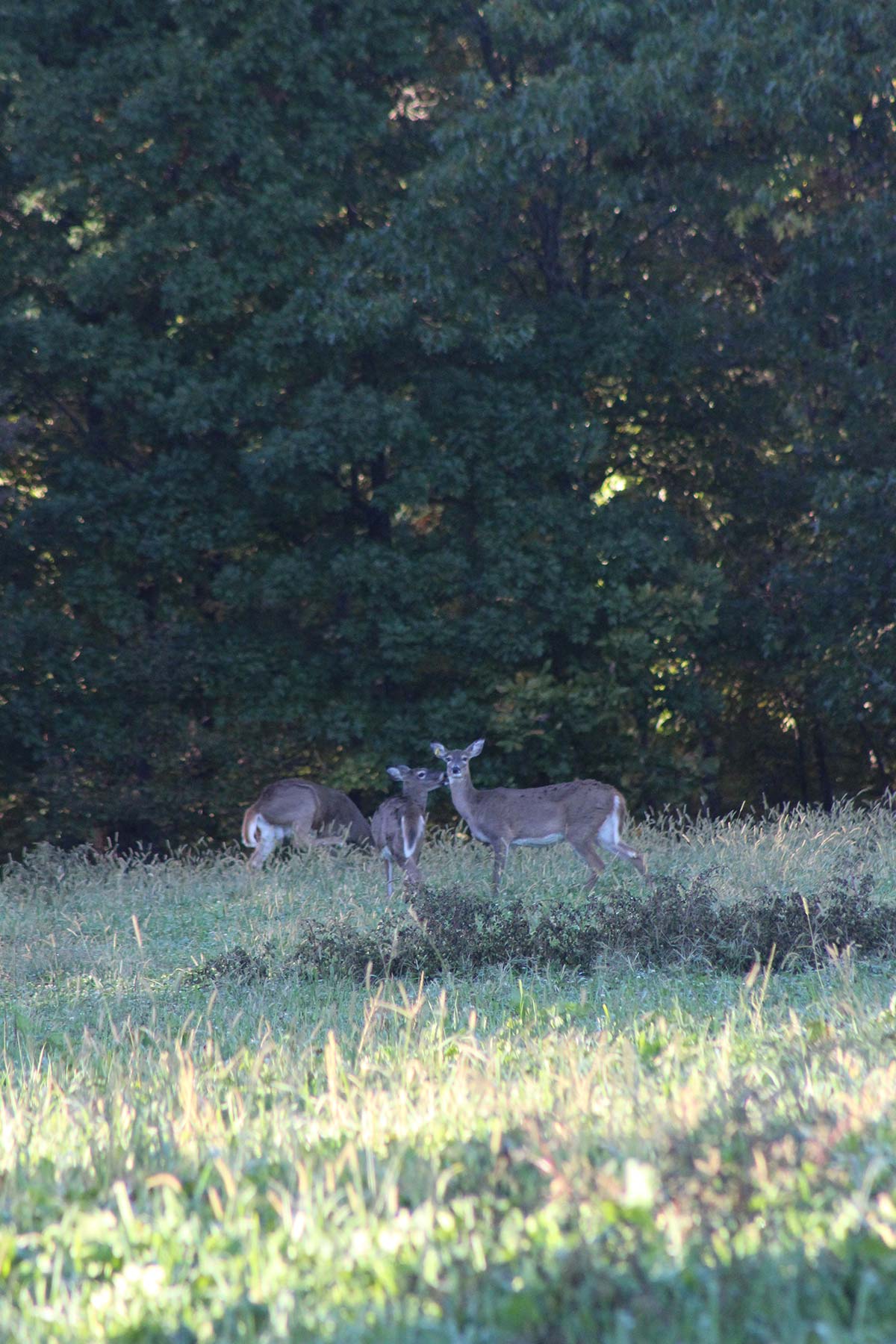
HUNT ON WINDY DAYS
Hunters tend to stay away from the deer woods when the winds are fierce and for good reason. Deer cannot hear, see, or smell as good as they would like. Whitetails often stay bedded down until the high winds subside. But, when the rut is in full swing, deer do strange things, and hunters should too.
High winds seem to get bucks on the move for a couple of reasons. First, smart does that have not yet come into estrus think they can avoid the bucks with the wind concealing their movement and noise. Second, high winds often bring in a cold front following hot temperatures. Whitetails enjoy the cooler temperatures and take advantage of them by getting up and moving.
Bucks will eventually smell these does that are in heat as they try to outsmart an old buck. Before you know it, deer are all over the place.
Light winds affect deer less and tend not to change regular travel patterns. They are still alert and seem to act calmly. Hunters must still be very cautious about their scent as even the slightest breeze can carry their scent quickly to a deer’s nose.
As the wind begins to climb above 15 MPH deer start to become a little leerier. Their sense of smell and hearing and sight are not as effective. They have trouble pinpointing or detecting scent and with the limbs, trees and bushes blowing around in the wind the eyes begin to play tricks on them. Deer will also be inclined to limit their travel patterns to trails and areas sheltered from the strong winds and will be more apt to bed in areas like hillsides that are also sheltered from the wind.
For hunters, treestand hunting can be tricky in high wind conditions, and safety issues must be considered. It is best to hunt from a stand set in a larger diameter tree. Bowhunters may even have trouble with how their arrow flies and holding their bow steady. Calling deer or rattling may be less effective because the deer cannot hear as well. I recommend hunting in areas protected from the wind like ravines, gullies, and sheltered hillsides.
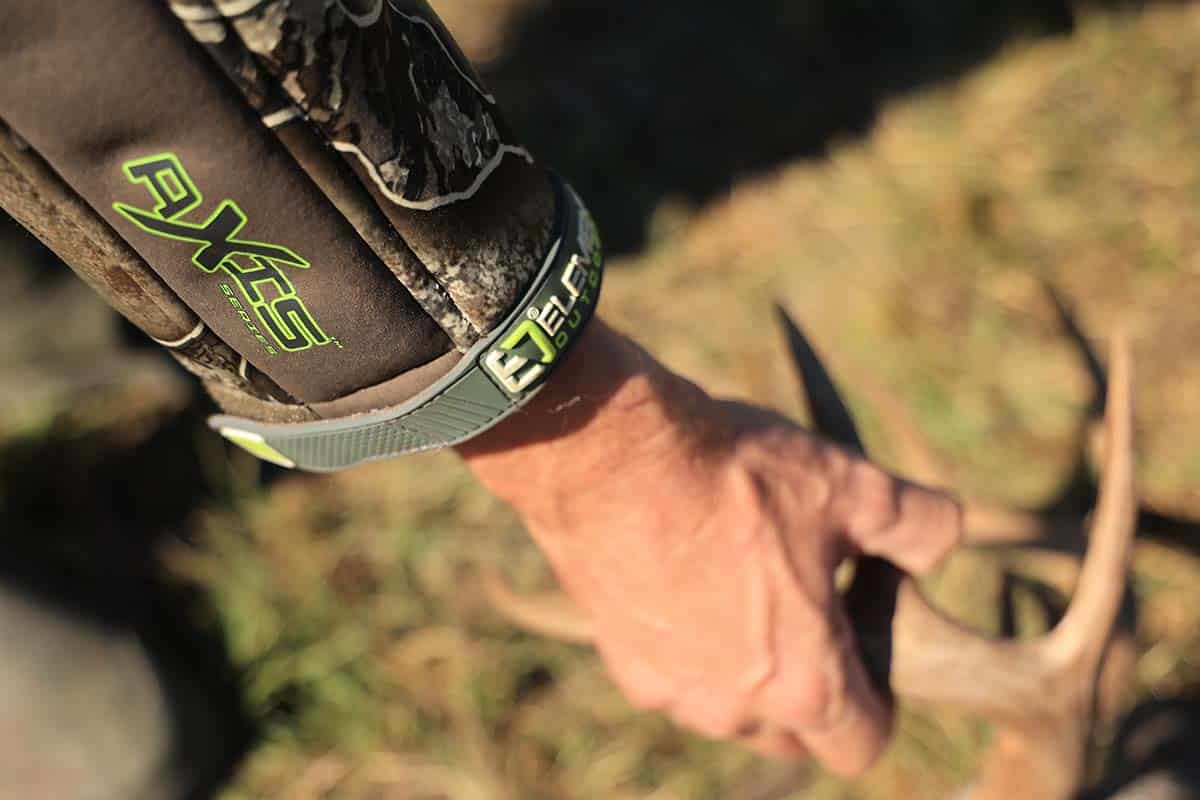
PACK A LUNCH
Most of the bucks you see early and late in the day will be smaller bucks. This is the time of the day that the does will be moving a lot, and it is difficult to narrow down where they will be. Mature bucks know this, so they save their energy until the does return to their beds. When the does bed, big bucks will begin to cruise downwind of known bedding areas.
Hang your treestands in funnels, and along overgrown fencerows that connect deer bedding areas. The best chance to kill a buck is the first time you hunt from a stand. For that reason, save these stands until the very best time, the peak of the rut.
You might go a couple of days without seeing a buck, but when you do, he will likely be a mature buck.
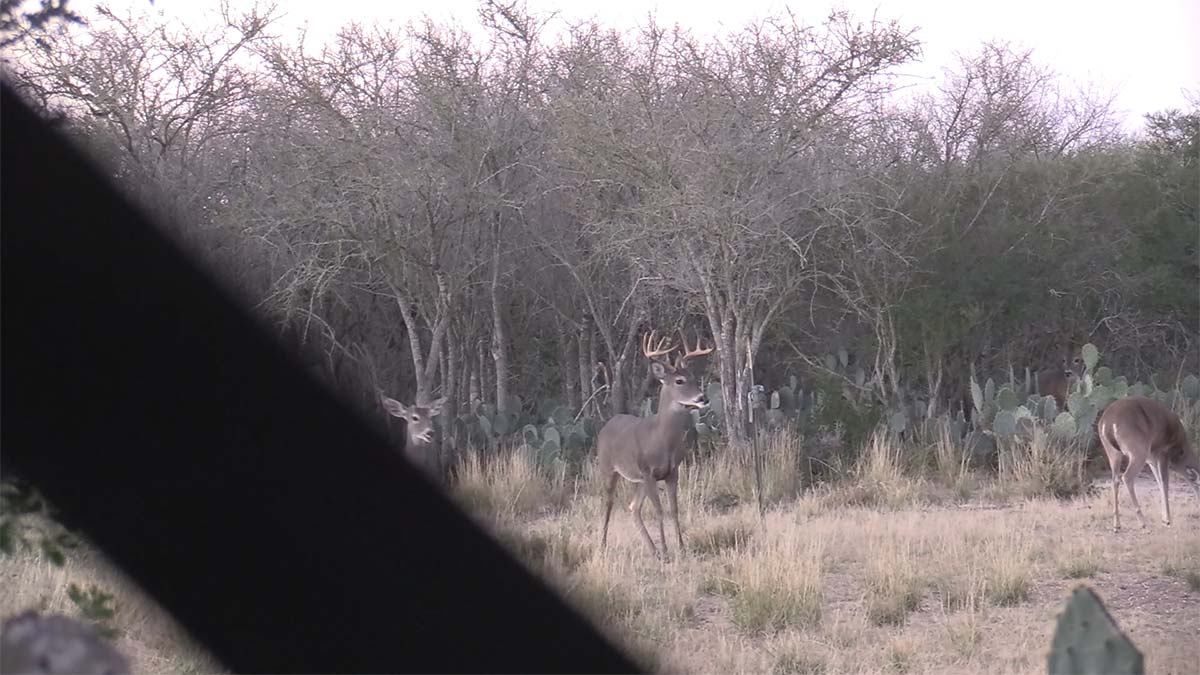
SOUND LIKE A BUCK
Hunters are going to have to get aggressive with their tactics, and this includes when you are calling. When it is all said and done, calling will provide more shot opportunities.
Calling softly with dull grunts with long intervals between calls is not aggressive. To call in more, and bigger bucks, you must add some emotion. When you spot a shooter buck that is out of range, call with a series of deep grunts with lots of bass to get him interested. This might be enough to get him to commit.
If a few deep grunts are not enough, sound off with a series of blaring grunts, and finish off with a snort-wheeze.
Most of the bucks will respond positively to calls, but some bucks will feel threatened and hightail it out of the area. But what do you have to lose if the buck does not respond to the call, he was not going to offer you a shot anyways.
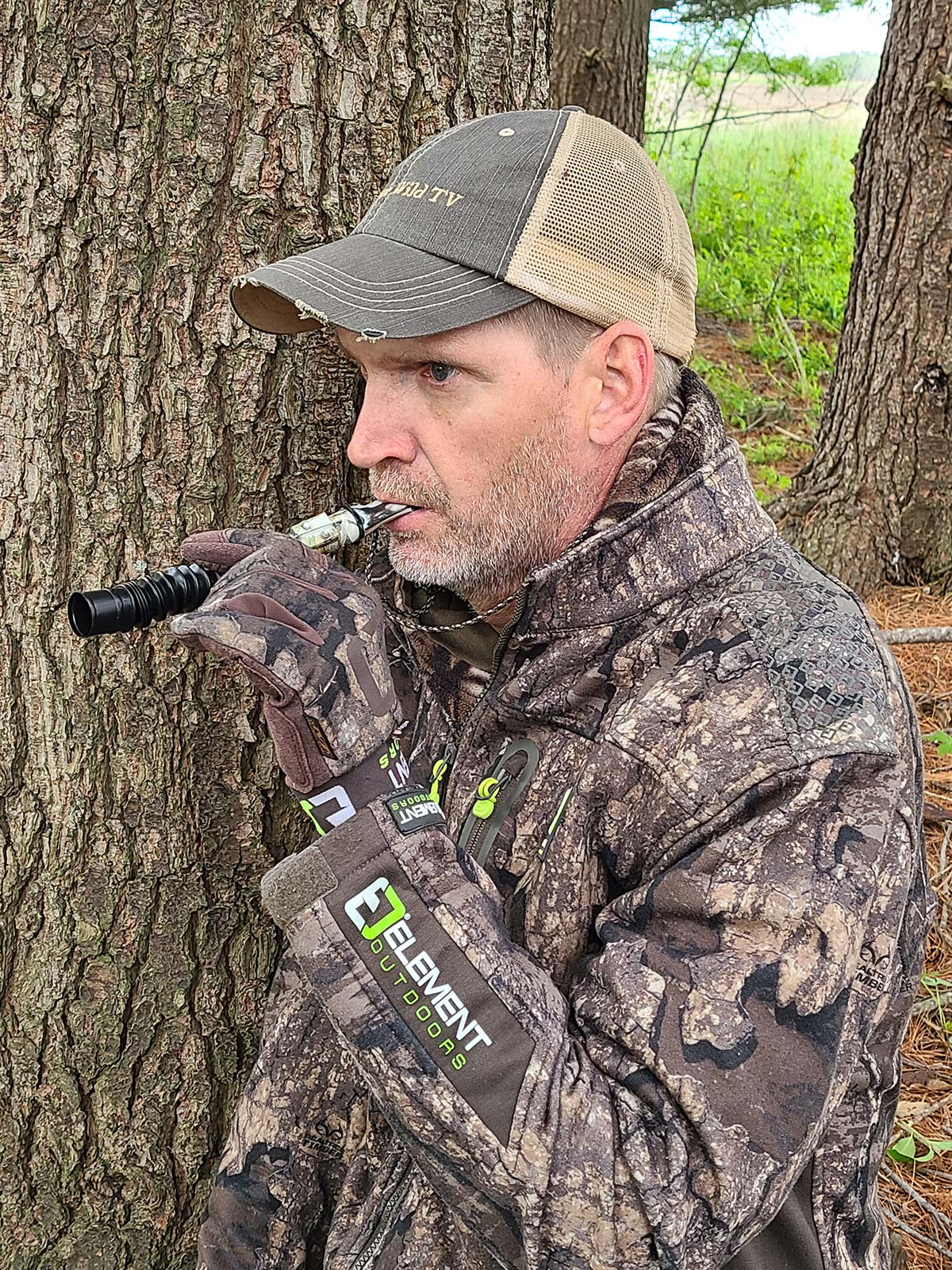
FAKE ‘EM OUT
As the rut progresses, and the chase and breeding phases begin, smaller bucks are not seen very much. Rub and scrape lines are not seeing much activity. Mature bucks can be seen cruising for and breeding receptive does. Decoys work well near field edges, food plots, doe bedding areas, and travel corridors that connect these locations.
A buck and a receptive doe decoy are a good choice during this phase of the rut. Use a dominant buck scent for the buck decoy, and estrus doe scent for the doe. Place the scents on the ground around the decoys. Keep the decoys upwind of your position, and within shooting range. Keep the decoys clean and spray them down with scent elimination spray.
Decoys positioned in the right place can be a deadly tactic against mature bucks. Stand a decoy in the wrong spot, or at the wrong time, and you run the risk of ruining the hunt.
Deer do not like surprises, or to be startled. Even being surprised by another deer is not a good thing. Decoys placed in heavy timber, or cover is never good. Anytime a deer walks up on a decoy at very close proximity without seeing any movement, the decoy will likely spook a live deer.
To combat this, make sure your decoy can be seen from a distance. Plus, it is easier to fool a buck from afar. A live buck that spots a decoy from a distance is more likely to come in relaxed, or mad and ready for a fight. Either is good because the deer will not be focused on the hunter.
If you have no other option than to place your decoy in timber, place it where it can be seen, like on an old logging road. Try to find a funnel or feeding area. Concentrate on areas with a lot of deer movement, especially cruising bucks during late October to early November.
Your calling sequences should be a combination of buck grunts and doe bleats. This should be enough to get any monster buck in the area excited.
Decoys alone will help but add calling and scents to the mix, and you have a potentially deadly combination.
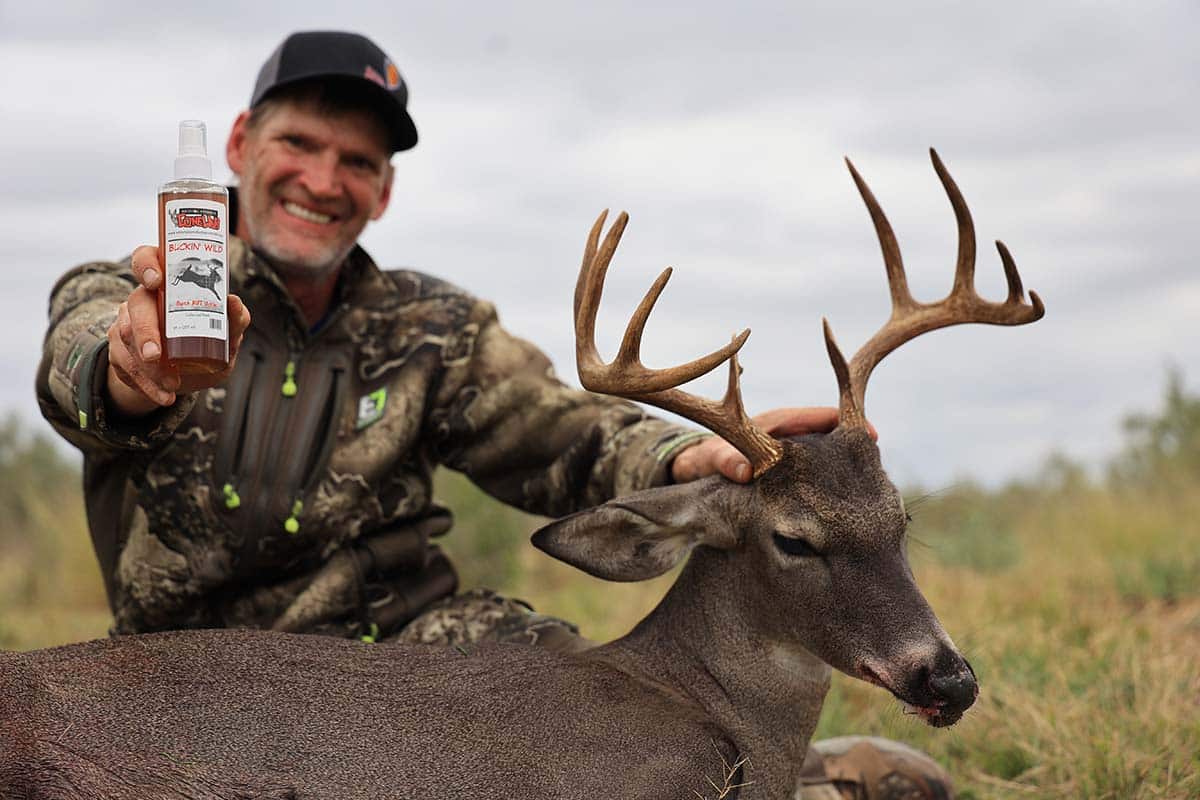
CONCLUSION
No magic tactic will allow you to kill a mature buck during any part of the season. But these five tips I have shared with you will put you in a better position to fill a tag this deer season and for many to come. Using a single tactic that I have described might be all it takes to pull a buck to within range. Other times, it might take a combination of doing a couple of things I mentioned or maybe all five.
Hunting the rut is a magical time to be in the woods doing what we love. The rut only lasts a few days before all the action is done. Pull out all the punches now to take advantage of rut-crazed bucks.
Per our affiliate disclosure, we may earn revenue from the products available on this page. To learn more about how we test gear, click here.



